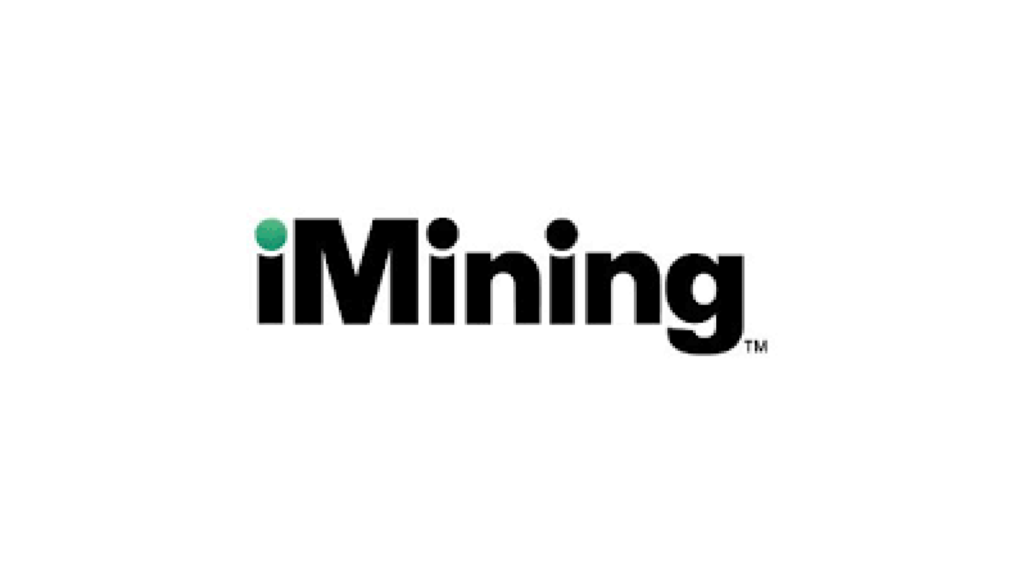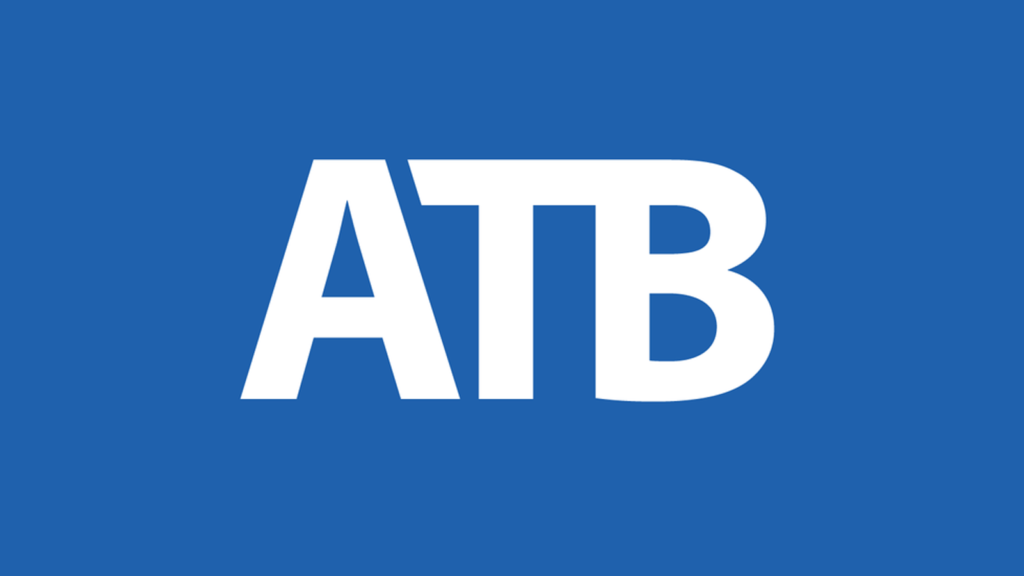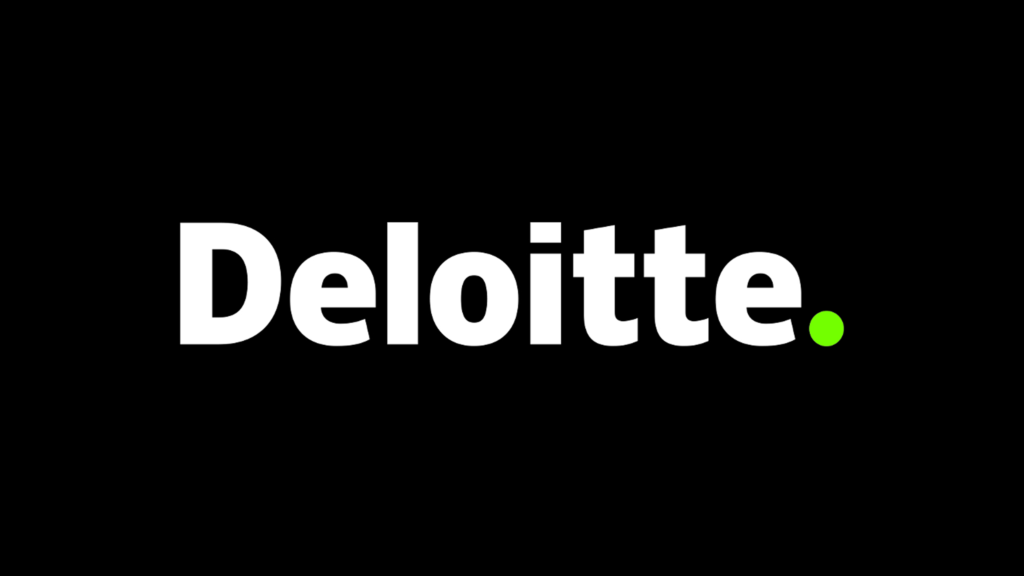
This is the third module of GuildOne’s Blockchain Digest. In the last module, we delved into some of the defining traits of blockchain as well as some key blockchain concepts. In this module, we’ll look at the two main types of blockchain networks and some of the different blockchain platforms.
Public and Permissioned Blockchains
Broadly speaking, blockchains are defined as either public or private. Both feature shared, distributed and cryptographically secured ledgers. And in both cases, all members of a blockchain network who have permission to do so can view transactions that take place on the ledger, and those transactions are required to be validated by members of the network. However, public and private blockchain have important differences related to:
- Who is allowed to participate on the network
- What parties are entitled to do
- How transactions take place and importantly, how they are validated
Public Blockchain
As the name implies, a public blockchain network is open for anyone to join and participate on. Because there is no screening or referral, parties may keep their identities hidden. Transacting parties, therefore, may not know the identity of their counterparties.
On a public network, any member can transact, assuming they meet the validation requirements of the network. This typically involves the creation of a token, such as a Bitcoin, through complex computing processes known as proof-of-work, proof-of-stake and others. Because of the large number of nodes and the heavy computing resources required to provide consensus and validation, public blockchains can be very slow and very resource-intensive. This, combined with the inherent lack of privacy of a public network, makes them unsuitable for enterprise or B2B applications and creates major challenges for scalability.
Public blockchains are truly decentralised. No individual or group has control over the network, anyone can conduct transactions and everyone can view any transaction made on the network. Public blockchains provide openness and anonymity—which encourages broad participation—but they do not offer privacy: if a transaction takes place on the network, all members may know about it.
Examples of public blockchains include Bitcoin and Ethereum, both of which will be discussed in greater depth in the next module.

Permissioned Blockchain
Permissioned blockchains (also known as private blockchains) restrict access to the network and require permission for a party to join and transact on the network. They may also restrict the transactions that parties are authorized to know about and/or view. This makes them preferable for business transactions or other exchanges in which privacy is valued.
A permissioned blockchain generally requires an invitation or other authorization from the network owner or administrator. As such, the identity of participants will be known to the other network members. Identity allows the network owner to define roles of parties on the network, and to grant permissions for information they should (or should not) have access to. Only authorized parties can know of and view a transaction. This is an important consideration for commercial transactions.
While the identity of permissioned-network members is known, transactions may not be. Only parties who are participating in a particular transaction have knowledge about it — other members will have no knowledge of or access to it. This is particularly important for B2B transactions. It’s not enough to obscure the details of the transaction; in many cases, parties don’t want other parties to know that there has been a transaction at all.
Validation of transactions on permissioned networks is provided by designated nodes (or parties) on the network who will, generally speaking, validate that the transaction is unique and that it meets the requirements agreed to by the parties involved. (In the case of Corda, these are known as “notary nodes” or “notary clusters”, as will be discussed in the next module). Because validation does not require time- and resource -intensive consensus protocols involving all, or a majority of, nodes on the network, transaction speeds are much faster than on public networks. Permissioned blockchains are thus much more scalable than public ones.
Examples of permissioned blockchains are Linux Foundation’s Hyperledger Fabric and R3’s Corda, both of which will be discussed in greater detail in our next module.

In the next module of GuildOne’s Blockchain Digest…
This module has offered a brief overview of the two main types of blockchain platforms—public and permissioned—and some ways in which they differ. The next module will look at different blockchain platforms including: Ethereum, Hyperledger Fabric and Corda.
Feedback
Please tell us what you thought about this module and the Blockchain Digest by filling out a short survey here.



































































You must be logged in to post a comment.